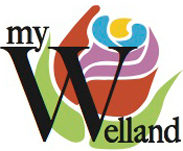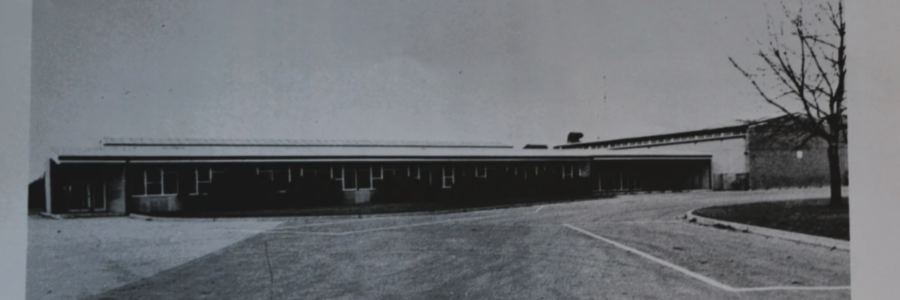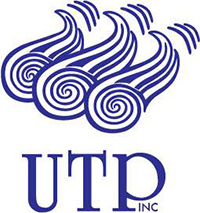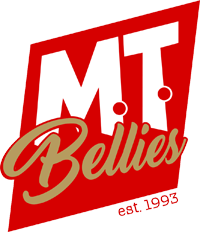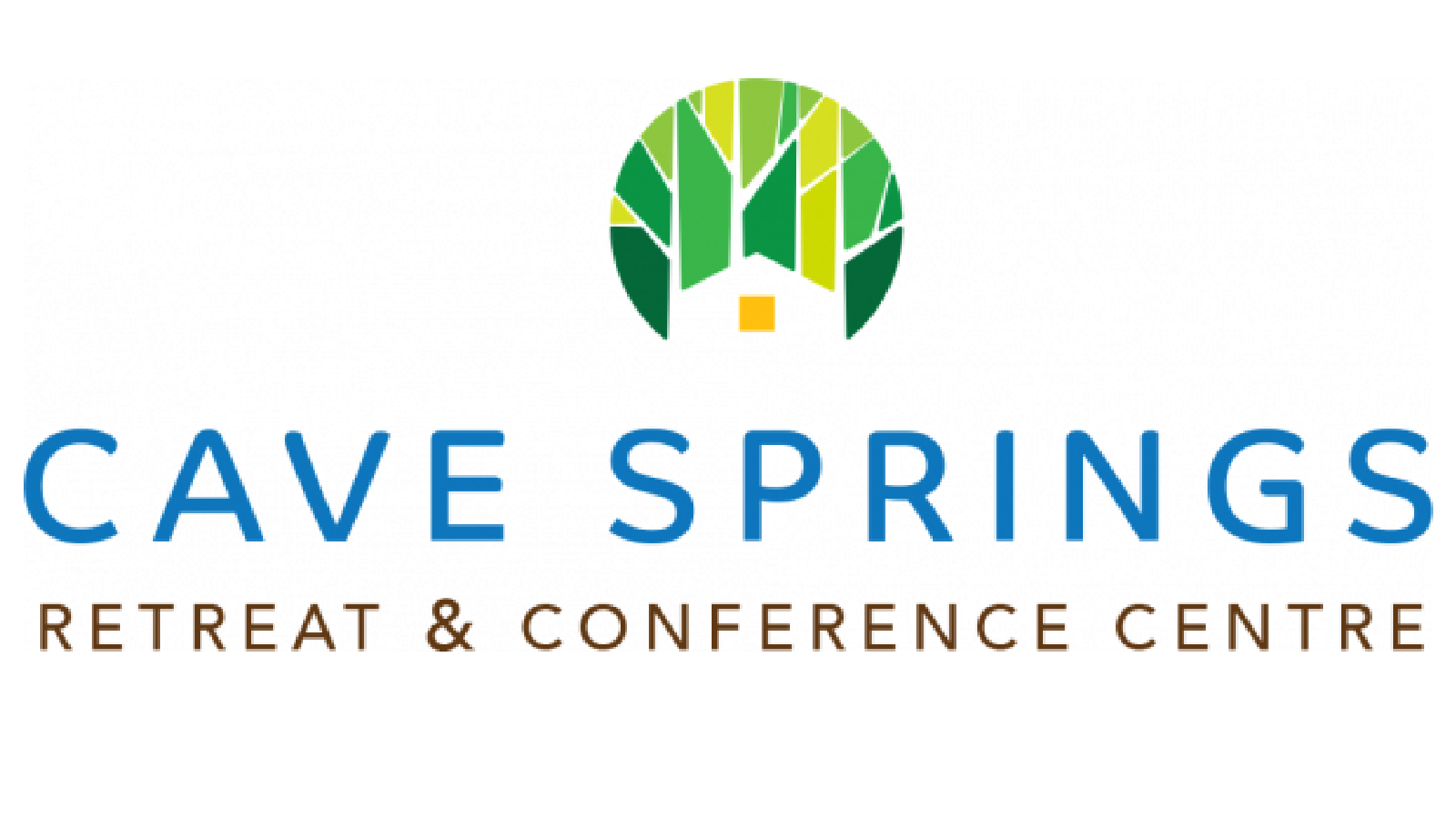Guest Post by Terry Hughes via Joe Barkovich (from a reporters notebook)
It’s Oct. 4, 1957 and Canada was about to unveil her new interceptor, the AVRO CF-105 Arrow but this announcement was eclipsed by the Soviet Union launching the first man- made satellite, Sputnik. To say the least, this achievement shook the western democracies and raised questions about our system of education. Here, in Ontario, reform of this province’s education system took many forms that included the Robarts Plan, Hall-Dennis and new concepts such as team teaching and open concept schools.
At that time, our school system was divided into four divisions: the primary division that included kindergarten to Grade 3, the junior division for Grades 4-6, the intermediate division for Grades 7-10 and the senior division for Grades 11-13. The intermediate division was split between the elementary level grades 7 and 8 and the secondary level for grades 9 and10. Increasing demands on the teachers working with Grades 7 and 8 with expanding curriculum expectations raised the question as to why subject specialization could not be offered at this level. The implementation of the senior school was initiated.
Here in Welland, two public schools for Grades 7 and 8 and one for the French system from 7-12 were built. The plan for Fitch Street was to include the west side schools and Plymouth to receive students from the east side leaving the rest of those facilities in a K-6 format. It was also felt that by separating the older students from the others, it would exclude the younger students from being influenced by adolescent behaviour.
At Fitch, although the facility had been operational before, it was hoped that all the students from the west side would be starting at the school for the school year 1966-67, however, delays in construction had not made this possible. We could only hope that moving into the completed school could be accomplished over the Christmas holidays. In the meantime, the staffs of all schools met every two weeks to ensure that all of the students would be at the same place in January, 1967. To the surprise of the school superintendent, he found the school functioning smoothly when he entered the building on that first day!
The addition would expand the school population to five hundred students and that addition would include a multilevel music room, art room, multipurpose lunch room, library and history, geography and science rooms.The walls, here, could be opened to facilitate flexibility The older wing housed the math and language arts departments along with the gym, home economic and shop facilities.
The school week was spread over a six-day cycle with eight teaching periods and a period at the end of the day for three days for homework and alternating three days for special activities. These activities included choir, chess, library, intramural sports, model car and airplane construction, recorder, ukulele, student government, etc.
Special activities experienced over the years were enjoyed by students. Celebrating science projects, pioneer days with optional projects, celebrating the 50’s and 60’s with the dances and clothing, winter activities at Chippawa Park or ice fishing on Lake Erie, learning how a real political election happens for student government and bike rides looking for the old canals to Port Colborne and Thorold were experienced. Our relationship with Vachon Bakeries provided money derived from sales enabling us to fund flypasts for all students over the canal relocation by plane to see this project underway. Other items purchased included walkie talkies for bike trips and field days, the electric scoreboard and a sound system to name a few. Our school choirs deserve a special mention here. Both Diana Surka and later, Andrea Pelletier took the choir of over seventy voices out into the community for special occasions and showcased one of the many good things that were going on in the school. We even convinced the organizers of the Terry Fox Run to participate with the high schools and raised more money than any of these competing schools. Over the years, school trips to places like Montreal, Ottawa and Jamestown, Virginia expanded the students’ world that they may never had an opportunity to do so.
Over the years, we held our own with inter-school play for basketball and volleyball at the junior and senior level. One year we played Notre Dame’s midget team and gave a good accounting for themselves. Once our girl’s basketball team towered over the boys team in height! And how about those after school games in volleyball and badminton until 5:30.
One of the benefits for teachers at this level was to showcase their dedication to their subject. As one of our staff stated, “You were on stage every time you met a class and had to sell yourself to the students.” That could mean using a bag of tricks to gain and maintain their attention. Using progressive approaches and involving them in group discussions and self evaluation often led to success. Reaching out by involving other subject disciplines reinforced what they were learning with other teachers. For example, study habits could be based on the SQ3R reading lab for those who lacked that skill.
Our relationship with the secondary staff improved significantly as we had so much in common. Sharing ideas and clueing them in problem solving from an elementary point of view along with teacher exchanges and experiences were beneficial. Like them, having time off gave you time to assess your approach and make changes as well as marking papers and developing new lesson plans. was welcomed.
A criticism of rotary was the 40-minute periods put limitations on learning. Recognizing this issue we reorganized our timetabling by doubling single periods so that lessons could receive the attention they deserved. Another issue that today is not accepted in schools was streaming. Following the lead of the high schools, we initiated a similar process where certain classes were created to respond to their capabilities. We felt that after leaving us and had experienced this approach, it made their transition into high school easier. Unfortunately, schools like Westbrook that respected students limitations and enhanced their self image while offering learning opportunities that would successfully help them in the real world were dismantled.
In the late- 1970s rumours began to circulate that senior schools were to be replaced with a return to a K-8 system. The excuse that was made to the public was due to declining enrolments and that a reorganization of the system was necessary. Principals and staff were discouraged from opposing the plan and it was not until parents in Niagara Falls demanded an explanation that the public was told the truth. In 1981, the reorganization plan was initiated and the return to the K-8 system occurred.
Some critics of senior schools had some valid arguments. Their major criticism was bullying, social cliques and demeaning name calling particularly if you could not keep up with the “Jones” fashions. Many of us who were raised in the K-8 system before the introduction of senior schools were victims of the same problems and they were enhanced when you went to high school!
So what was it like after the return of the K-8 system. In larger schools some rotary was possible but not so in the schools with small enrolments. Split grades existed with 6-7 and 7-8 situations. if you examine a report card used at Fitch Street Senior with the exception of French, Home Economics and Industrial Arts how do you expect a teacher to deal with all these subjects and the need for multiple reading and math groups, being the guidance and sports person and not being able to sing a note or in some cases not having access to enough phys-ed equipment. Teaching History and Geography took a real hit. And all of these experiences detailed in this article were denied to these students. What kind of graduation do you have for 13 students who were part of a 7/8 split grade?
I’m sure that other schools may not have had the opportunities as we experienced at Fitch Street Senior but based on the responses I have experienced when being approached by former students, they felt very pleased to have attended that school. And what a pleasure it was for me to in some small way have been part of their school experience.

Next column: Halloween Special – Ghouling in Port Colborne
(Terry Hughes is a Wellander who is passionate about heritage, history and model railroading. Mr. Hughes taught at Fitch Street Senior School from 1966-1981. His opinion column, Heritage Lives, appears on the blog once or twice monthly.)
 Back to myNiagaraOnline
Back to myNiagaraOnline